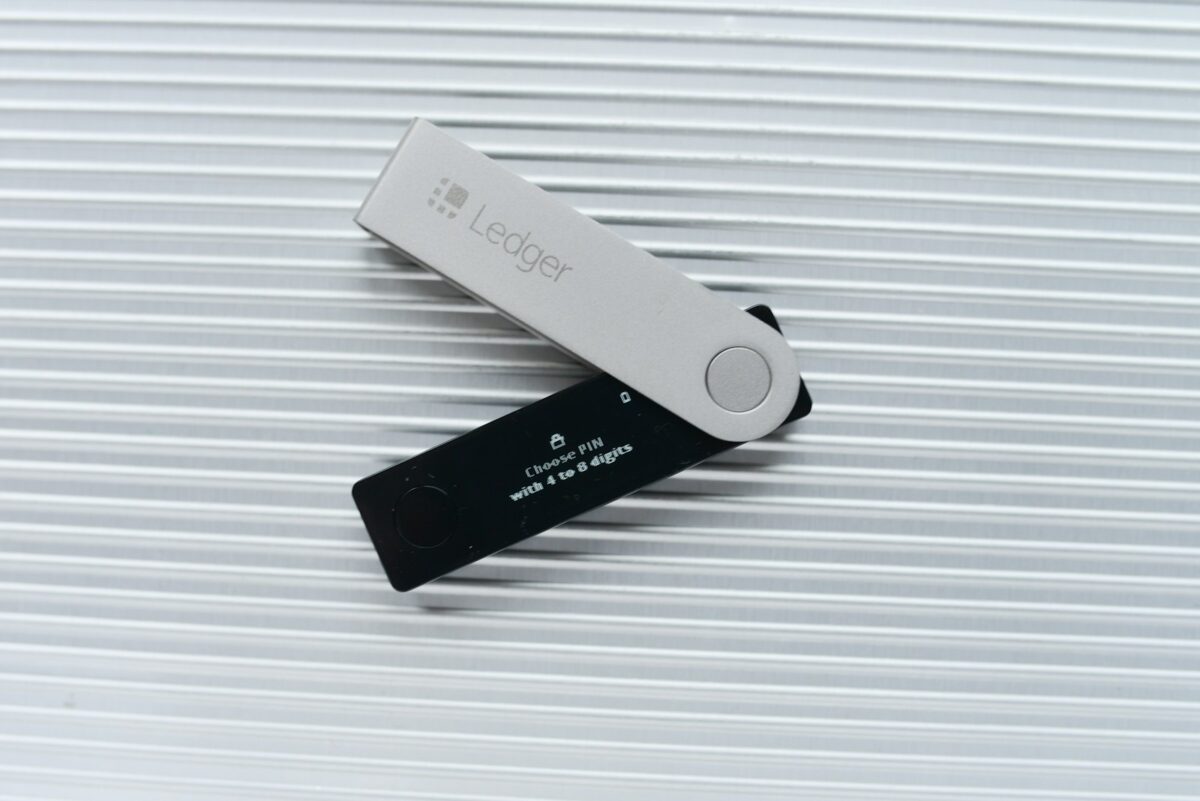
Crypto investment checklist

Define clear goals to align your portfolio with expected outcomes. Establish whether the focus is on short-term gains, long-term holding, or diversification. This clarity directs the research phase and risk management strategies.
Conduct thorough analysis of each potential asset’s fundamentals, market behavior, and development team credibility. Understanding the technology and use cases behind tokens enhances decision-making beyond price speculation.
Evaluate security measures surrounding storage and transactions. Choose wallets with strong encryption and consider hardware options to reduce vulnerability to hacks. Confirm that exchanges have robust safeguards before committing funds.
Assess risk tolerance relative to market volatility and liquidity constraints. Quantify acceptable loss limits and prepare for rapid value fluctuations by setting stop-loss orders or exit criteria in advance.
Create a personalized preparation protocol incorporating continuous monitoring tools and review intervals. A systematic approach helps detect anomalies early, ensuring adjustments reflect evolving conditions while maintaining alignment with initial objectives.
Crypto Investment Checklist
Define your goals clearly before allocating funds to any digital asset. Establish whether you seek long-term capital growth, short-term trading profits, or diversification within a broader portfolio. Quantifiable targets such as expected return rates and acceptable loss thresholds sharpen decision-making and inform risk management strategies.
Security preparation cannot be overstated. Utilize hardware wallets or multisignature solutions to store private keys safely, minimizing exposure to phishing attacks and exchange breaches. Confirm that chosen platforms comply with regulatory standards and provide transparent audit trails for transactional verification.
Step-by-Step Preparation for Asset Acquisition
Create a systematic framework prior to buying tokens or coins:
- Research underlying blockchain protocols, consensus algorithms, and network activity metrics like transaction throughput (TPS) and hash rate stability.
- Assess project teams’ credentials, roadmap feasibility, and community engagement via GitHub repositories and developer forums.
- Analyze tokenomics including circulating supply, inflation rates, vesting schedules, and staking incentives impacting future valuation.
- Review liquidity pools on decentralized exchanges to gauge slippage risks during transactions.
An effective acquisition strategy integrates these elements with ongoing market data monitoring tools such as on-chain analytics dashboards. This approach reduces impulsive decisions driven by price volatility alone.
Risk evaluation demands quantitative models combined with scenario analysis. Employ methods like Value at Risk (VaR) adapted for crypto assets or Monte Carlo simulations incorporating historical volatility patterns specific to blockchain markets. Diversify holdings across different protocol layers–base chains versus layer-two solutions–to mitigate systemic failures.
The final step involves continuous reassessment of both technical fundamentals and macroeconomic indicators influencing the digital currency environment. Incorporate feedback loops into your strategy to adapt dynamically while maintaining disciplined adherence to initial objectives set during preparation phases. This methodology fosters informed participation backed by empirical evidence rather than speculation alone.
Choosing Reliable Crypto Wallets
Selecting a trustworthy wallet requires thorough research and alignment with your specific asset management objectives. Prioritize wallets that have undergone rigorous security audits and maintain open-source codebases to allow community verification. Hardware wallets like Ledger Nano X or Trezor Model T consistently demonstrate robust protection against private key exposure, making them suitable for long-term holding strategies.
Before finalizing any storage solution, consider the intended use case: frequent transactions demand user-friendly interfaces and quick access, while cold storage emphasizes maximum security over convenience. Analyzing wallet compatibility with various blockchains is essential; multi-currency support reduces fragmentation of assets and simplifies portfolio oversight.
Evaluation Criteria and Risk Assessment
Develop a structured approach to evaluate wallets based on critical parameters such as encryption standards, seed phrase generation methods, and backup options. For instance, wallets employing hierarchical deterministic (HD) architecture enhance security by generating new addresses from a single seed, minimizing privacy leaks. Understanding these technical nuances helps quantify risk exposure.
- Security Protocols: Look for wallets implementing two-factor authentication (2FA) or biometric verification to mitigate unauthorized access risks.
- Open-Source Transparency: Open-source projects facilitate independent audits that uncover vulnerabilities before exploitation occurs.
- Community Reputation: Analyze feedback from verified users and experts to detect recurring issues or breaches reported historically.
An effective preparatory step involves testing wallet functionality on test networks or using minimal amounts initially. This experimental practice reveals practical limitations or unexpected behaviors without jeopardizing significant holdings.
- Define your operational goals clearly–long-term holding versus active trading demands different wallet features.
- Research vendor credibility through whitepapers, developer activity on repositories, and incident response history.
- Assess interoperability with decentralized applications (dApps) if relevant to your strategy.
A strategic buying plan integrates wallet selection into broader asset management frameworks. Secure key storage complements diversification tactics by isolating funds across multiple secure environments. Implementing layered defenses reduces systemic vulnerability due to single points of failure during asset acquisition phases or subsequent transfers.
The process of choosing reliable custody solutions intertwines with continuous learning about emerging threats and technological advancements. Engage actively in forums dedicated to cryptographic security updates and participate in controlled experiments simulating attack vectors such as phishing or malware injection attempts. This iterative preparation sharpens decision-making accuracy for safeguarding digital holdings throughout their lifecycle.
Verifying Cryptocurrency Exchanges
Before executing any buying operation, establish clear goals aligned with your overall strategy. Verification of an exchange’s legitimacy and operational security forms the foundation of this preparation phase. Conduct a thorough examination of the platform’s registration status, regulatory compliance, and transparency in corporate governance. For instance, exchanges registered with recognized financial authorities often implement mandatory KYC (Know Your Customer) and AML (Anti-Money Laundering) protocols, reducing counterparty risk significantly.
Research should extend to technical infrastructure and past security incidents. Analyze whether the exchange employs cold storage solutions for the majority of assets, multi-signature wallets, and robust encryption standards such as AES-256 or TLS 1.3 for data transmission. Case studies like the Mt. Gox breach highlight how insufficient security measures can lead to catastrophic asset losses. Evaluating uptime statistics and incident response speed also informs about operational resilience under attack or system failures.
Risk Assessment and Security Metrics
Security is a pivotal factor dictating risk exposure during digital asset transactions. Investigate whether the exchange offers two-factor authentication (2FA), withdrawal whitelist options, and real-time account activity monitoring tools. These features mitigate risks associated with unauthorized access or phishing attempts. Additionally, understand how the platform manages liquidity risks–exchanges with higher daily trade volumes typically provide better price stability and lower slippage during large orders.
Investment preparation involves simulating potential scenarios to assess how an exchange might respond under stress conditions such as sudden market volatility or regulatory clampdowns. Reviewing independent audit reports or penetration testing results can reveal hidden vulnerabilities. Establishing a checklist that includes these metrics empowers users to select platforms that align best with their security expectations and strategic aims.
Assessing Project Whitepapers
Before committing resources to any blockchain initiative, a thorough evaluation of its whitepaper is indispensable. This document outlines the project’s strategy, detailing how its architecture and protocols aim to achieve specified goals. Scrutinizing technical components such as consensus mechanisms, tokenomics, and scalability solutions reveals the project’s feasibility and alignment with intended outcomes.
Effective preparation involves a systematic approach where one verifies claims through cross-referencing independent research and historical performance of similar models. For example, projects proposing novel consensus algorithms must provide empirical data or simulations demonstrating improved security or efficiency compared to established standards like Proof-of-Work or Proof-of-Stake. Without such evidence, risk assessment remains incomplete.
Key Elements for Evaluation
A comprehensive review checklist should include the following aspects:
- Clarity of Objectives: Are the project’s goals explicitly stated? Ambiguous aims often signal unclear development pathways.
- Technical Architecture: Does the whitepaper sufficiently explain system design, including smart contract functionality and network topology?
- Security Measures: What cryptographic protocols protect user data and transactions? Look for implementations of multi-layer encryption or formal verification methods.
- Token Utility and Distribution: Examine whether token allocation aligns with incentivizing growth while preventing centralized control.
- Roadmap Feasibility: Assess timelines against resource allocation; overly ambitious schedules may indicate underestimated complexity.
The incorporation of detailed diagrams, code snippets, or links to repositories enhances transparency. In cases like Ethereum’s original whitepaper by Vitalik Buterin, clear exposition of virtual machine capabilities provided investors with confidence in platform scalability and adaptability.
A rigorous investigation into potential vulnerabilities is paramount. Projects that neglect third-party audits or fail to address known attack vectors–such as Sybil attacks or oracle manipulation–expose participants to elevated risk levels. Evaluating prior audit reports or bug bounty programs offers insight into the team’s commitment to security rigor.
The strategic vision conveyed within a whitepaper must also be balanced against market demand and regulatory landscapes. Understanding legal frameworks affecting token classification can prevent unexpected compliance issues post-launch. Ultimately, this analytical process transforms abstract promises into quantifiable parameters guiding prudent capital allocation decisions.
Setting Risk Management Rules: Strategic Framework for Secure Asset Allocation
Define clear objectives aligned with your financial targets before executing any buying action. Preparation based on rigorous research and tailored strategy minimizes exposure to volatility, ensuring that asset allocation corresponds precisely to your risk tolerance and time horizon.
Integrate security protocols directly into your operational routine; this includes multi-factor authentication, hardware wallets, and periodic audits of smart contract integrity. Such measures not only protect capital but also enhance the resilience of your portfolio against systemic vulnerabilities.
Key Technical Insights and Forward-Looking Implications
- Goal-Oriented Strategy: Establish quantitative thresholds for maximum drawdown and position sizing prior to acquisition, facilitating disciplined adherence to limits regardless of market sentiment shifts.
- Research-Driven Decisions: Employ on-chain analytics and sentiment indicators as part of pre-purchase analysis to identify anomalies or emerging trends that traditional metrics might overlook.
- Preparation Checklist: Implement a stepwise validation process encompassing project fundamentals, code audits, team credentials, and regulatory compliance status before committing capital.
- Security Integration: Prioritize cold storage solutions combined with decentralized identity management systems to safeguard private keys while maintaining operational agility.
- Dynamically Adaptive Rules: Embed algorithmic triggers capable of adjusting exposure levels in response to predefined volatility indices or liquidity constraints, enhancing responsiveness without emotional bias.
The trajectory of decentralized finance suggests increasing complexity in risk vectors, demanding continuous refinement of methodologies. Emerging frameworks leveraging machine learning for predictive risk assessment promise enhanced precision in setting parameters that govern entry points and exit strategies. Experimental application of these techniques within controlled environments can yield valuable insights into optimizing safety margins while maximizing growth potential.
This structured approach transforms uncertainty into manageable variables by consolidating strategic intent with empirical data. It encourages practitioners to question baseline assumptions actively and iteratively test hypotheses related to market behavior under different scenarios. By doing so, it is possible to cultivate a resilient portfolio architecture that adapts intelligently as new technologies and regulatory landscapes evolve.


